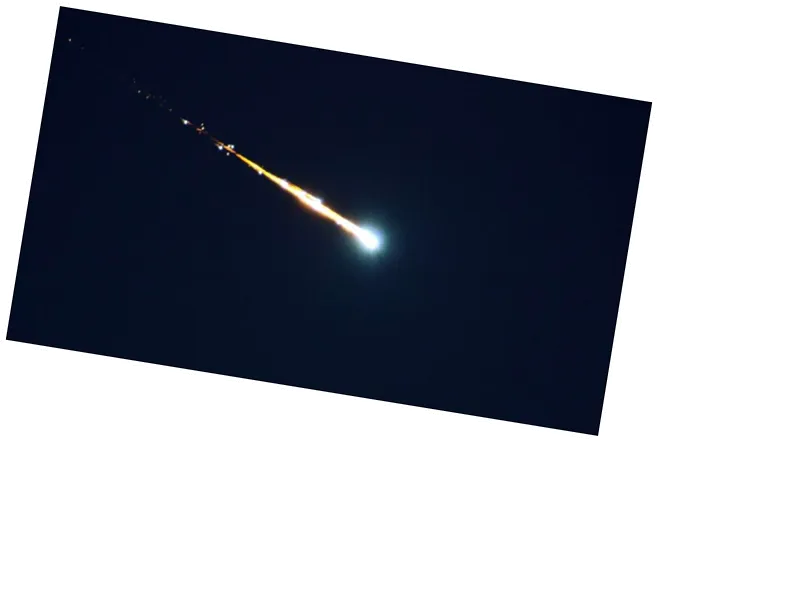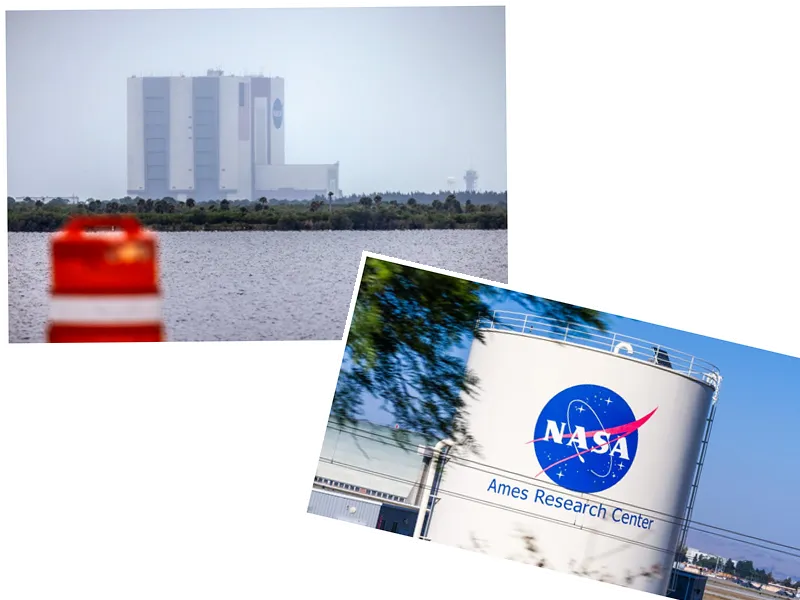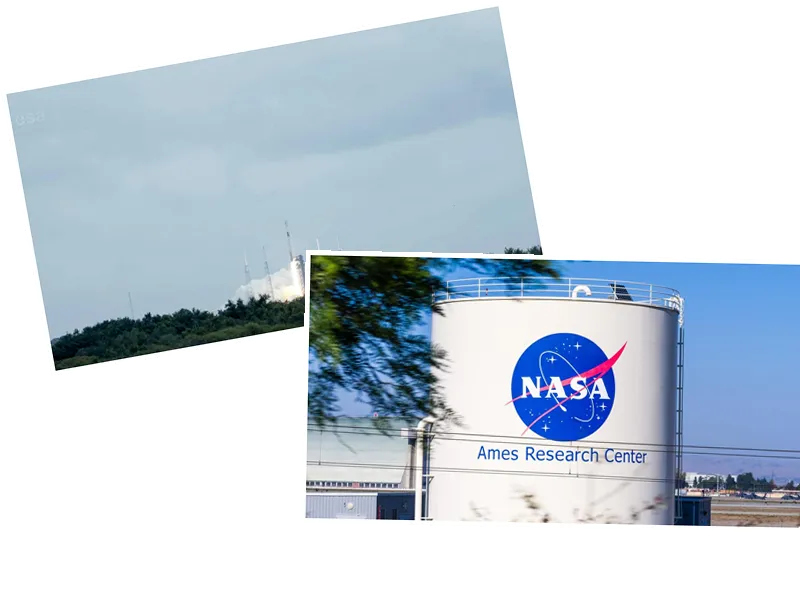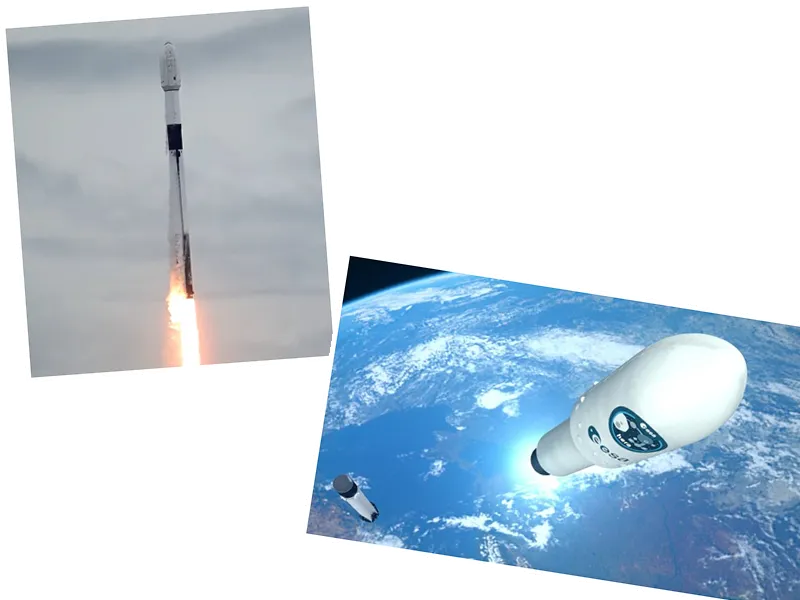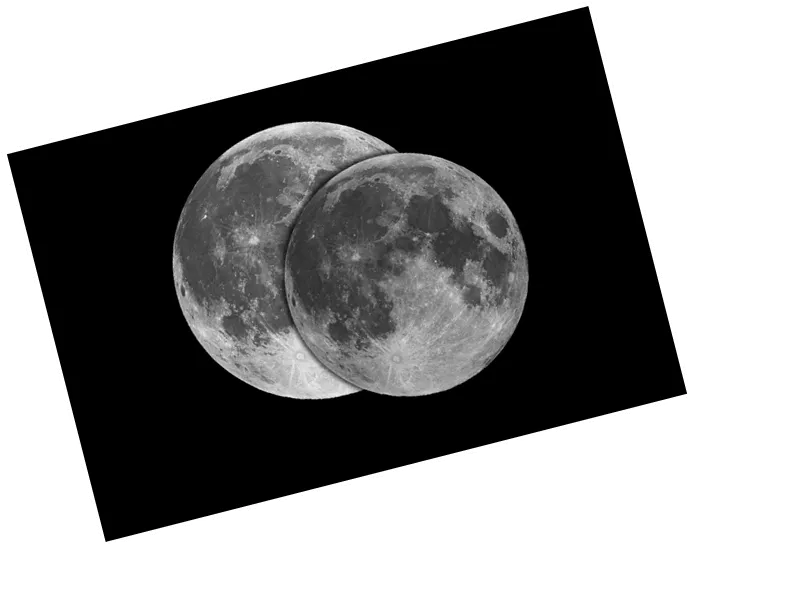A small asteroid, approximately one meter in diameter, is set to enter Earth's atmosphere on September 4, 2024, with researchers from the European Space Agency predicting a fiery display over the Philippines. This event is expected to occur at around 19:46 Doha time, particularly near Luzon Island. Such small asteroids are common, with one of this size hitting Earth roughly every two weeks. The majority of these asteroids burn up in the atmosphere, often creating a spectacular fireball that can be seen by observers in the vicinity.
The European Space Agency has confirmed that the asteroid will impact the atmosphere at 16:39 UTC today, and it has been officially named. This event highlights the importance of monitoring near-Earth objects, as NASA estimates that about 48.5 tons of meteorites enter Earth's atmosphere daily. Most of these meteorites are tiny, akin to grains of sand, and incinerate upon entry.
Historically, larger asteroids pose a greater risk, with a significant impact event occurring in 1908 when a 50-60 meter wide meteorite exploded over Siberia, releasing energy equivalent to 12 megatons of TNT. This explosion devastated a vast forest area, illustrating the potential dangers posed by larger space rocks. While the likelihood of such large impacts is low, with a 100-meter asteroid expected to strike Earth only once every 10,000 years, ongoing efforts by sky survey observatories aim to detect these objects before they can cause harm.
The detection of near-Earth objects is critical, and advancements in technology have improved our ability to locate these faint celestial bodies. Unlike traditional telescopes, which focus on a narrow view, modern survey telescopes are designed to scan a broader area of the sky, increasing the chances of identifying potential threats.
- The recent discovery of the asteroid has sparked interest in the scientific community, emphasizing the need for continued research and monitoring of near-Earth objects. The European Space Agency and NASA have been at the forefront of these efforts, deploying advanced technologies to ensure that we can predict and prepare for future impacts.
- Asteroids of varying sizes enter Earth's atmosphere frequently, but understanding their composition and trajectory is essential for planetary defense. The collaborative efforts of international space agencies play a crucial role in safeguarding Earth from potential asteroid threats.
